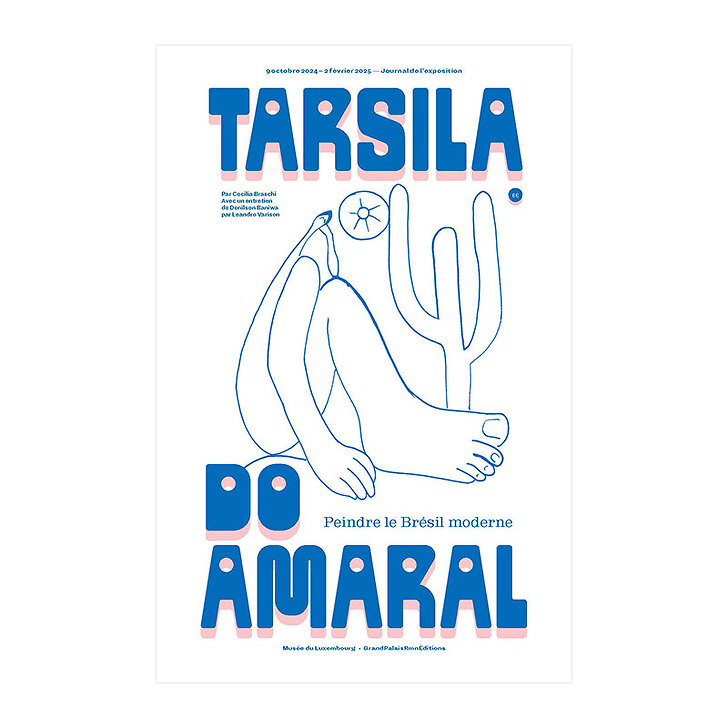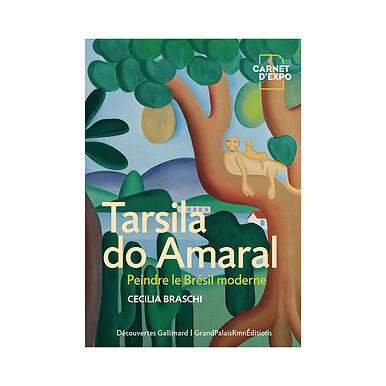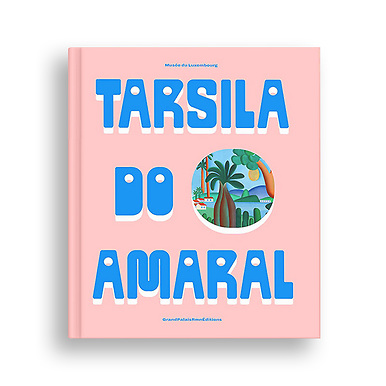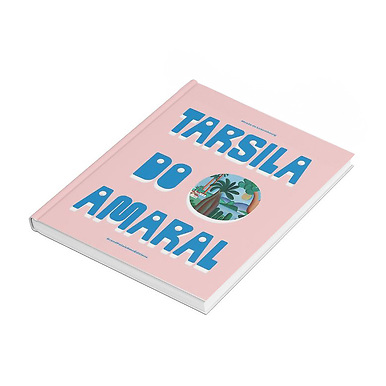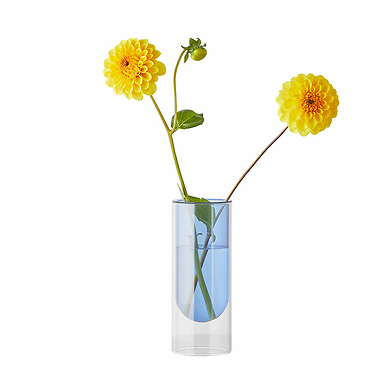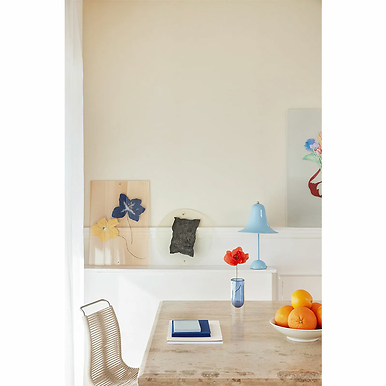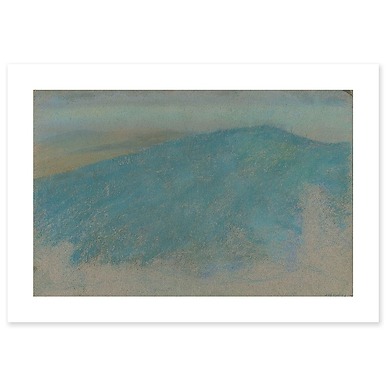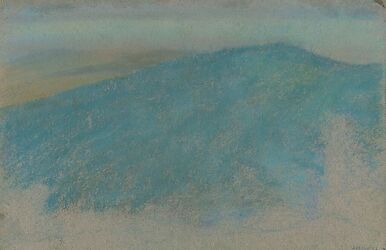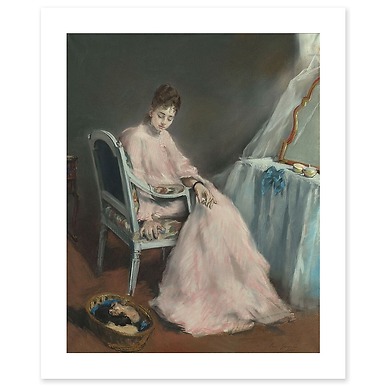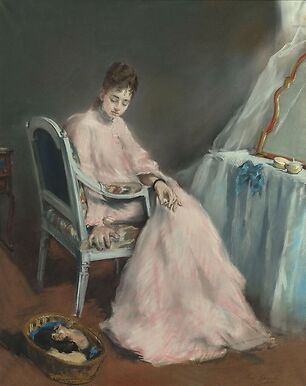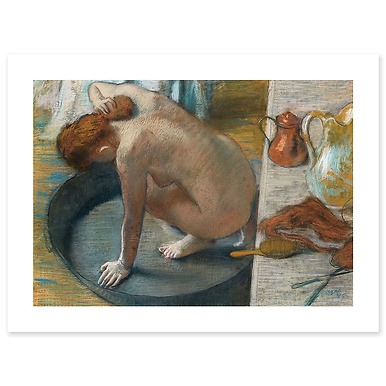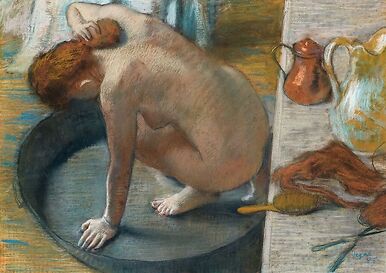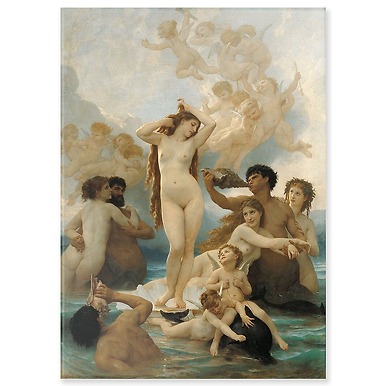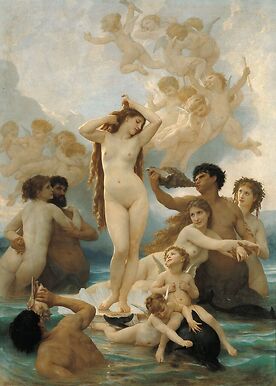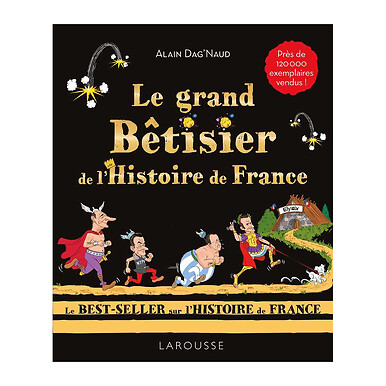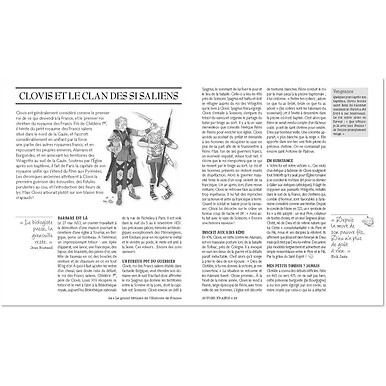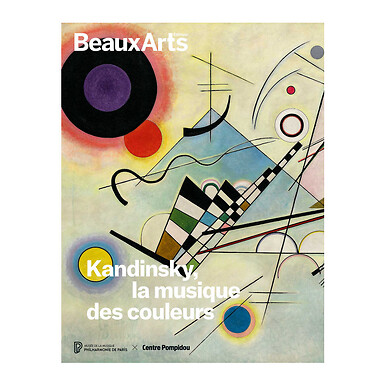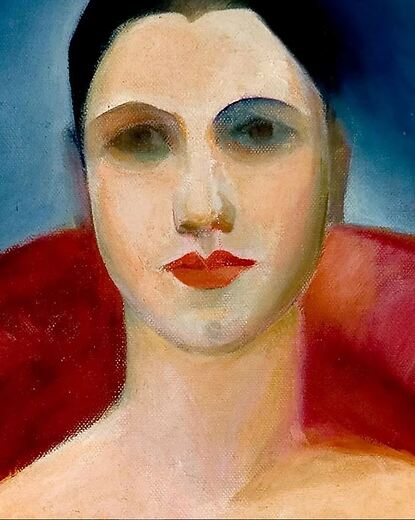Tarsila do Amaral. Painting modern Brazil - Exhibition Journal
EA408023
WRITTEN IN FRENCH
Born in 1886 in Capivari, Brazil, Tarsila do Amaral is a major figure in Brazilian modern art. Tarsila (as she was commonly called in her country) moved to Paris in 1920 and was nourished by the avant-garde milieu of the capital. She frequented Fernand Léger, Blaise Cendrars, Jean...
Read more
WRITTEN IN FRENCH
Born in 1886 in Capivari, Brazil, Tarsila do Amaral is a major figure in Brazilian modern art. Tarsila (as she was commonly called in her country) moved to Paris in 1920 and was nourished by the avant-garde milieu of the capital. She frequented Fernand Léger, Blaise Cendrars, Jean Cocteau, Robert Delaunay. His style mixes the influence of the artistic avant-garde and the Brazilian cultures of his childhood.
Active until her death in 1973, she received numerous tributes of recognition for the contribution of her work to the Latin American plastic revival.
This journal will bring together a text by Cecilia Braschi and an interview with Denilson Baniwa, Brazilian artist and indigenous curator led by Leandro Varison, anthropologist and researcher at the Musée du quai Branly - Jacques Chirac. The interview will focus, among other things, on the appropriation of the Brazilian modernist movement by contemporary indigenous artists.
Exhibition at the Musée du Luxembourg from October 9, 2024 to February 5, 2025
French
24 pages / 40 illustrations
Éditions GrandPalaisRmnÉditions
Français
24 pages / 40 illustrations
Éditions GrandPalaisRmnÉditions
Close
Sold by GrandPalaisRmn

